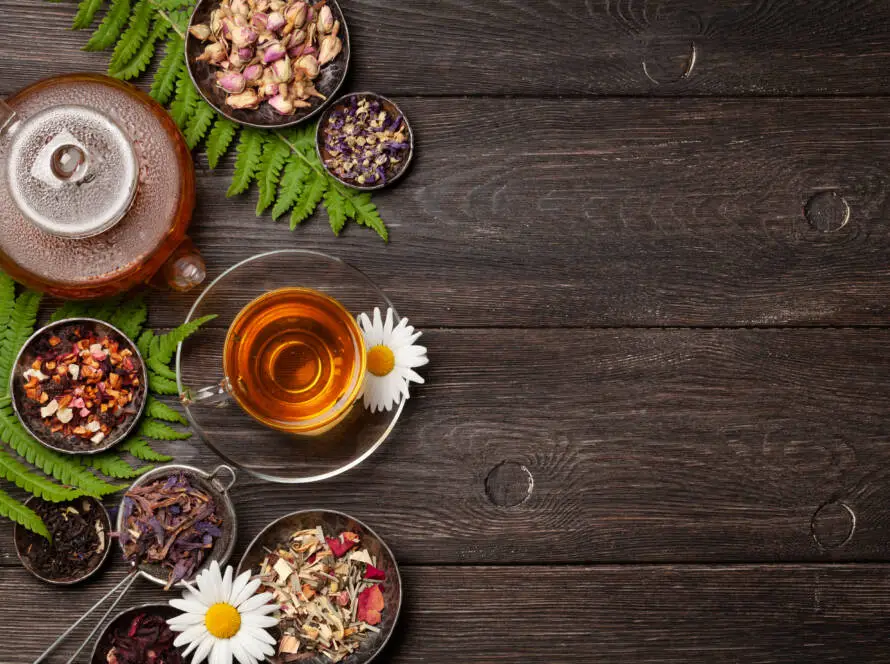False Unicorn
Introduction
False Unicorn, scientifically known as Chamaelirium luteum, is a flowering herb traditionally found in moist areas east of the Mississippi River and is also common in various southern states. Recognized for its medicinal properties, False Unicorn has been used for centuries to address a range of women’s health issues, particularly those related to menstrual abnormalities. It is widely regarded as beneficial for conditions arising from hormonal imbalances, including dysmenorrhea (painful menstruation) and irregular menstrual cycles. Additionally, False Unicorn is sometimes used in strategies to prevent miscarriage, further underscoring its importance in herbal medicine.
Common Names
False Unicorn is known by several names, including:
- False Unicorn
- Helonias Root
- Devil’s Bit
- Blazing Star
- Drooping Starwort
- Rattlesnake
- Fairy-Wand
Each name reflects its historical and cultural significance, as well as its various applications in herbal remedies.
Uses
False Unicorn has a diverse range of uses, particularly in women’s reproductive health. Historically, it has been utilized as a:
- Uterine Tonic: Commonly used for the treatment of amenorrhea (absence of menstruation) and morning sickness.
- Appetite Stimulant: Helps promote appetite in individuals who may be struggling with food intake.
- Diuretic: Supports kidney function by promoting urine production.
- Vermifuge: Traditionally used to expel parasitic worms from the body.
- Emetic: Occasionally utilized to induce vomiting when needed.
- Insecticide: Has applications in pest control due to its insect-repellent properties.
Moreover, some anecdotal evidence suggests that False Unicorn may help improve low sex drive in certain women, although further research is needed to substantiate this claim fully.
How It Is Used
The most common form of False Unicorn supplementation is as a tincture. The recommended dosage includes:
- Tincture: 1/2 to 1 teaspoon, taken three times daily.
- Dried Root: 1/4 to 1/2 teaspoon (approximately 1-2 grams) taken three times daily.
These dosages can vary based on individual health needs and should ideally be discussed with a healthcare provider experienced in herbal medicine.
What the Science Says
Despite its historical significance, there remains a notable gap in modern scientific research on the pharmacological effects of False Unicorn root. Understanding its efficacy and safety profile necessitates additional studies to explore its chemical composition and therapeutic applications. While some traditional uses are well-documented, modern validation through rigorous clinical trials remains essential to substantiate its benefits and establish standardized dosing guidelines.
Side Effects and Cautions
Information regarding the safety and efficacy of False Unicorn during pregnancy and lactation is limited. Given the lack of concrete evidence, it is best to avoid using this herb in these situations. Women who are pregnant, nursing, or planning to become pregnant should exercise caution and consult healthcare professionals before considering False Unicorn as a treatment option. Additionally, individuals with pre-existing health conditions or those taking other medications should also seek professional advice to prevent potential interactions or adverse effects.
Conclusion
False Unicorn is a versatile herb with a rich history of use in addressing various women’s health issues. While it offers promising benefits, particularly for menstrual health and hormonal balance, the need for further scientific research cannot be overstated. As with any herbal remedy, consulting a healthcare professional is recommended before use, particularly for individuals with specific health considerations or those who are pregnant or breastfeeding. Through careful consideration and further research, the therapeutic potential of False Unicorn can be better understood and utilized in holistic health practices.
Resources
- Drugs.com
- Wikipedia.com
This summary highlights the key aspects of Guggul, including its traditional uses, potential benefits, and safety considerations.
Disclaimer
The information I’ve shared about herbs is for educational purposes only and is not meant as medical advice. While many herbs have been traditionally used for their potential health benefits, individual responses may vary, and the effectiveness of herbs can depend on various factors, including personal health conditions and interactions with medications. It is essential to consult with a qualified healthcare professional or a licensed herbalist before using herbs for medicinal purposes or making significant changes to your health regimen. This information should not be considered a substitute for professional medical advice, diagnosis, or treatment.


